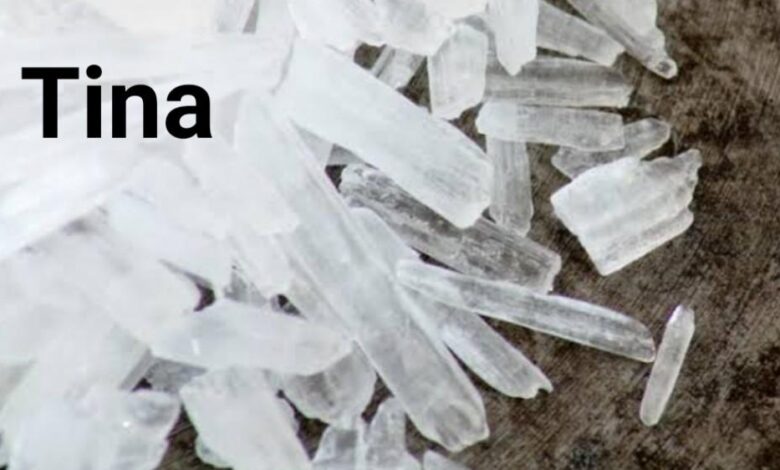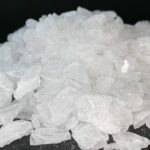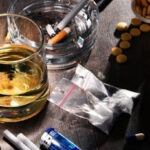What is Tina?

What is “Tina”?
“Tina” is the street name for crystal methamphetamine, the crystal form of methamphetamine, sometimes called Crystal Meth. Tina is an extremely powerful and addictive stimulant that causes a rapid increase in dopamine, serotonin and norepinephrine levels in the body, consequently leading to sensations of great energy, excessive alertness, clarity, euphoria, a rise in libido and self-confidence. These effects popularized the “Tina” drug, now extensively abused in parties, in particular sex parties, among men who have sex with men.
Tina is made in illegal labs in the United States (U.S.) and abroad, often by combining ingredients derived from over-the-counter (OTC) drugs with toxic substances. The Drug Policy Alliance maintains that 11 million Americans, on at least one occasion, have tried methamphetamine.
Having sex under the influence of drugs, (“chemsex”) usually refers to three major types of drugs: Mephedrone, Tina(“Tina”) and G (Gina). They all have an “aphrodisiac effect” and lead to excessive alertness. Under the influence, and especially if mix of several types of drugs are mixed and abused, individuals are able to have sex for hours, even days, with a sense of great self-confidence and they also become less sensitive to pain. In addition to the risk involved in drug abuse, drug abusers sustain injuries, which may facilitate the contraction of sexually transmitted diseases such as HIV.
Is Tina illegal?
• Methamphetamine is a Class A drug – so it’s illegal to have for yourself, give away or sell.
• Possession is illegal and can get you up to seven years in jail and/or an unlimited fine.
• Supplying someone else, even your friends, can get you up to life imprisonment and/or an unlimited fine.
How does Tina affect your brain?
Tina boosts the release and stops the reuptake of a neurotransmitter, or brain chemical, called dopamine. In this way, it increases the levels of dopamine in the body.
Dopamine plays an important role in motor function, motivation, reward, and how the brain experiences and interprets pleasure.
The dopamine “rush” in the reward centers of the brain gives the user a sense of euphoria soon after taking the drug.
Taking Tina causes dopamine to build up in the brain. This is a common feature of many abused drug. Abusing Tina can lead to considerable changes in brain function.
According to the National Institutes on Drug Abuse (NIDA), brain imaging studies on chronic abusers of methamphetamine abusers suggests that dopamine system activity changes in such a way that it can seriously compromise a person’s verbal learning and motor skills.
Tina can also severely affect the structure and function of brain areas linked to emotion and memory.
This may explain why chronic users of Tina often develop emotional and cognitive difficulties.
Some brain changes that occur remain long after the user has stopped taking the drug. Some may reverse after long periods of abstinence, but this could take a year or more.
Repeated use can have some psychological effects.
These include:
• anxiety, irritability and aggressive or violent behavior
• alertness and increased concentration
• hyperactivity and insomnia
• increased energy, libido, self-esteem, confidence, and sociability
• delusions of grandeur with a sensation of power and invincibility
• hallucinations and paranoia
• psychomotor agitation and compulsive skin picking, leading to skin sores
• repetitive and obsessive behaviors
• psychosomatic disorders, where an apparent physical symptom or ailment is caused by a mental disturbance
When taken regularly or in high doses, Tina can cause a condition known as methamphetamine psychosis. A person who regularly uses Tina also has a high risk of becoming addicted.
Tips for safer use:
• Avoid mixing Tina with other substances, especially alcohol or other stimulants.
• Refrain from injecting to reduce your risk of serious damage and diseases such as heart problems.
• Sharing slamming equipment such as needles and syringes could put you at risk of infections such as HIV and hepatitis B and C. Do not share any equipment that has been previously used.



